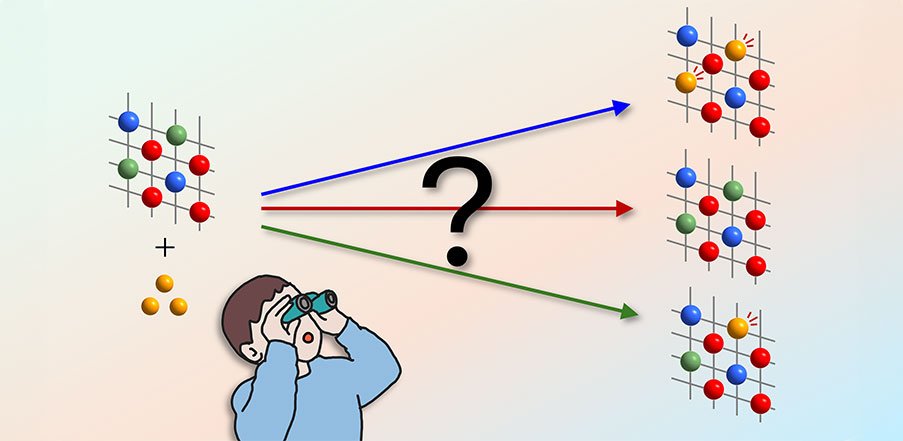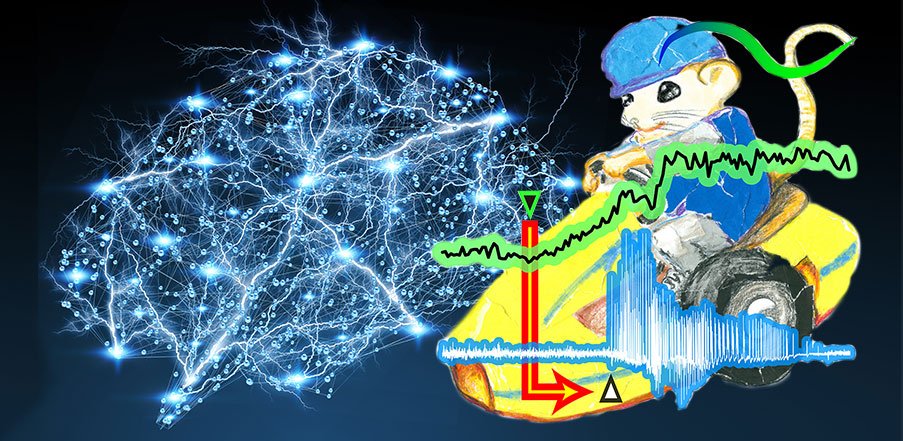FOR IMMEDIATE USE
1 in 10 Queenslanders with epilepsy sustaining serious physical injuries
Call to improve community awareness, support & response to seizures this Purple Day®
One in 10 Queenslanders living with epilepsy experience a seizure-related injury each year, many of which are potentially life-threatening, according to an article just published in MJA InSight to mark Purple Day® (an international epilepsy awareness day).1
The most commonly reported seizure-related injuries sustained by those living with the neurological (brain) disease include head (one-in-four of which require stitches), water immersion (almost 26 per cent), driving(14 per cent), burns (14 per cent), fractures (10 per cent) and dental-related injuries (10 per cent).1,2
Doctors, advocacy groups, patients and their families are joining forces Australia-wide today to highlight the serious injuries caused by epileptic seizures, and call for heightened awareness, understanding and support for the 28,740 Queenslanders living with active epilepsy,3 to create calmer waters through which they can safely navigate their physical journey with the disease.
According to MJA InSight article co-author and Consultant Neurologist and Epileptologist, Royal Prince Alfred Hospital and Sharp Neurology, Dr Kaitlyn Parratt, Sydney, experiencing even one seizure a year can pose risk of serious injury.1
“A seizure is the result of abnormal, excessive or recurring electrical activity in the brain,4 noting there is tremendous physical risk associated with experiencing seizures.
“One in three Australians living with epilepsy will sustain a seizure-related injury in their lifetime, more than 50 per cent of which will prove particularly dangerous to the head, or will occur at home in the bath or swimming pool,” 2 said Dr Parratt.
“Australians living with epilepsy are at 15-to-19 times greater risk of drowning than the general population,1,5 and are also at risk of sustaining a range of other injuries, including burns, serious fractures, dislocations and car accidents.1,6
“It is therefore vital we improve community understanding of the physical dangers faced by those experiencing epileptic seizures, and educate people on how to react in the event of a seizure, to help maximise patient safety,” Dr Parratt said.
The epilepsy community’s call today coincides with the launch of ‘Look for epilepsy’ – a UCB-led community engagement initiative designed to highlight the much-needed support available to those living with epilepsy, and their carers, while raising awareness of the brain disease. The initiative urges Australians to lend their support to members of the epilepsy community by visiting lookforepilepsy.com.au, taking a selfie with a purple glasses filter on the site, and sharing the selfie on their social media channels to support epilepsy awareness, using the hashtag #lookforepilepsy.
MJA Insight article co-author and neurologist, epileptologist and epidemiologist, A/Prof Wendyl D’Souza, St Vincent’s Hospital, Melbourne, who is supporting the Look for epilepsy initiative, hopes new and improved ways of predicting seizures will reduce risk factors for Australians living with epilepsy.
“Concerningly, people living with epilepsy have a mortality rate of up to three times higher than the general population.7 A frequent cause of epilepsy-related death is Sudden Unexpected Death in Epilepsy (SUDEP), where sudden death occurs in a person with the disease for no apparent reason.8
“However, according to emerging Australian research into seizure patterns, while long-considered to be unpredictable, there is, in fact, a person-specific long-term pattern to seizures in most (80 per cent) cases,”1 said A/Prof D’Souza.
“The ability to forecast when someone may be at high risk of seizures through wearable devices, for instance, may help to reduce uncertainty, and allow for the implementation of preventative strategies to minimise the risk of physical injury, and SUDEP.”1
When Lisa, 39, Brisbane, was only 24 years of age she contracted a rare strain of Streptococcus A. The infection was so severe, it resulted in a brain haemorrhage that left her comatose for three weeks, and on life-support for a further two months.
Lisa spent the ensuing year in hospital undergoing a plethora of surgeries including heart surgery, the amputation of one leg and all of her remaining toes and nine fingertips.
In 2006, Lisa was diagnosed with epilepsy by a neurologist after undergoing a series of electroencephalograms (EEG), MRIs and CT scans. Her neurologist surmised her epilepsy was triggered by damage caused by her brain haemorrhage, given she had no prior history of seizures.
“I miss my spontaneous attitude that I had prior to my diagnosis with epilepsy. Now I need to plan everything to the ninth degree, and to ensure I stay on top of my medication to avoid having another seizure.
“Since my brain haemorrhage and epilepsy diagnosis, I’ve had to hit re-start on so many aspects of my life. I’ve started my own business, written two books, become a professional speaker, married my soulmate, and travelled the world,” said Lisa.
“When people see that I have a prosthetic leg and am wheelchair-bound, they understand I have a disability. But epilepsy is an invisible disease, and one people have more trouble understanding.
“People don’t understand epilepsy. I’ve even encountered people who are concerned about the disease being contagious, and they have no idea how to respond when I inform them about my diagnosis,” Lisa said.
“This Purple Day®, I’m calling for people to recognise the seriousness of epilepsy, the dangers of seizures, and the daily physical and mental challenges faced by people like me.”
Epilepsy Queensland CEO, Helen Whitehead, Brisbane hopes improving awareness of epilepsy will serve to address the abundant myths and misconceptions surrounding the disease.
“There are many common myths and misconceptions involving epilepsy. Epilepsy is something everyone has heard of, but that’s usually the extent of their knowledge. Some people think it’s psychiatric in nature, but it’s certainly not. It’s very physical.
“That’s why the Look for epilepsy initiative is so important, because it allows our community to raise awareness of epilepsy, and reinforce the much-needed support available to those in need,” Ms Whitehead said.
Today (March 26) is Purple Day®, a global initiative that aims to heighten community awareness of epilepsy. Through the joint efforts of Epilepsy Action Australia, Epilepsy Australia, Epilepsy Queensland, Epilepsy ACT, the Epilepsy Foundation, Epilepsy Tasmania, The Epilepsy Centre (SA and NT) and Epilepsy WA, more than 100 landmarks Australia-wide will turn purple this evening, to honour this important occasion, and applaud those living with epilepsy locally, and around the world.
The Brisbane-based illuminations include Ayr Fountain, Brisbane City Hall, Forgan Smith Building at the University of Queensland, King George Square, Kurilpa Bridge, Newstead Gasometer, Parliament House, QPAC, Story Bridge and Victoria Bridge. Other Queensland-based illuminations include Ipswich Civic Centre, Victoria Bridge in Toowoomba, Oxley Street fountain in Townsville and Munro Martin Parklands in Cairns.
· To join the Look for epilepsy initiative, head to www.lookforepilepsy.com.au.
· To access support, information and innovative services for those living with, and affected by epilepsy, head to www.epilepsyqueensland.org.au or call



